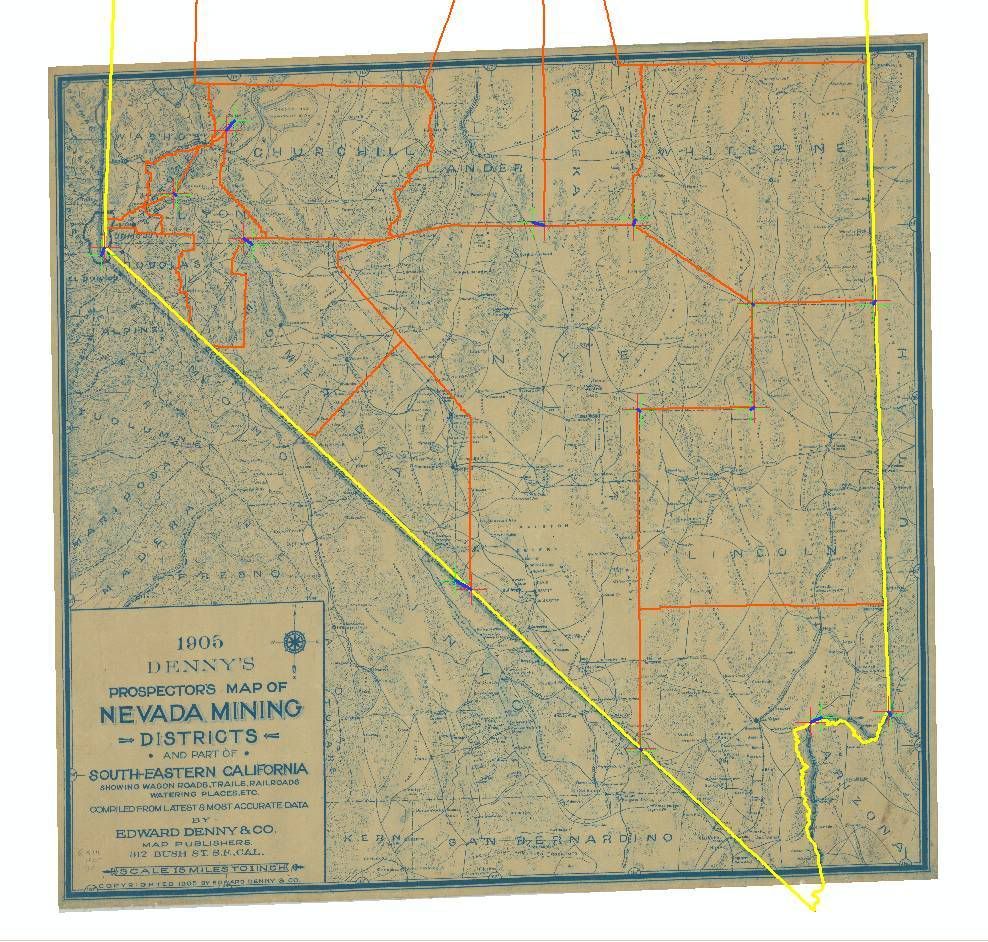nvprospector
Adventurer
I have a map that I am importing into Oziexplorer and I am having a few issues with the Datum Shift. The map was published in 1905 and it does not have a Map Projection. I do have a Lat/Long grid and a distance scale on the map. Because of the year of the map, I don't have any clear reference on which datum was used. So I am trying to calculate a Datum Shift to WGS84.
So far I have tried the Bursa-Wolfe using all 7 parmeters and just tried this evening Molondensky with 7 parmeters. I have been thinking about trying the Inverse Molodensky, if I can find better documentation, but I don't like being limited to a max of 3 reference points.
With what I have tried thus far I have been able to get my points on the map within a 1/2 inch north of the map point, so I am close. East-West is right on. I was wondering if any GIS people have any ideas on what to try next?
-Tim-
So far I have tried the Bursa-Wolfe using all 7 parmeters and just tried this evening Molondensky with 7 parmeters. I have been thinking about trying the Inverse Molodensky, if I can find better documentation, but I don't like being limited to a max of 3 reference points.
With what I have tried thus far I have been able to get my points on the map within a 1/2 inch north of the map point, so I am close. East-West is right on. I was wondering if any GIS people have any ideas on what to try next?
-Tim-

